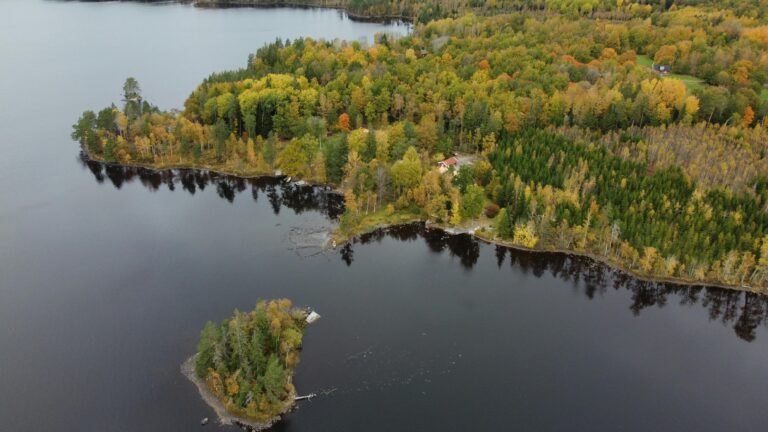Project partners: Kommunalförbundet Norrvatten, The Swedish Food Agency, Lund University, Swedish Veterinary Agency, Sweden Water Research, Sydvatten, Syvab
Grant from Vinnova: 500 000 SEK
Call for proposals: Impact Innovation: Collaboration for Sustainable Water for All within the Water Wise Societies 2024 program
Contact person: Jesper König
Purpose and objectives
Today, the microbial water quality in our sewer networks is monitored using analog methods. This involves plate cultures, which take a few days to respond and only give an indication of whether harmful bacteria are present. However, there are new methods that can monitor water quality digitally and provide more accurate results faster. We want to make the leap from slow analog to fast digital in microbial water quality monitoring and implement the new methods widely.
Expected impacts and results
At the end of this feasibility study, we will be a group of actors ready to take the next step and actually implement digital solutions for monitoring e.g. microbial drinking water quality. We will then have knowledge of the research and innovation fronts in the field and also knowledge of how to proceed to succeed with new technologies in an area characterized by previous methods, not only through legislation but also a very long-established practice.
Planned approach and implementation
1. Identify a) the research frontier and b) the innovation frontier in digital methods for monitoring microbial drinking water quality. Two descriptive studies are conducted 2. Explore potential future scenarios for microbial water quality monitoring for the year 2050. What are the required technological, legal, social and cultural shifts in the industries? Two workshops are conducted. 3. Identify stakeholders who want to be involved in a continuation project where we move from words to action.
The text on this page was written by the project team. The content has not been reviewed by our editors.
Goals and tasks
- Resilient supply and management of water in society
- Ensure good drinking water quality








